Home>Gardening & Outdoor>Landscaping Ideas>How To Remove Bermuda Grass From Lawn
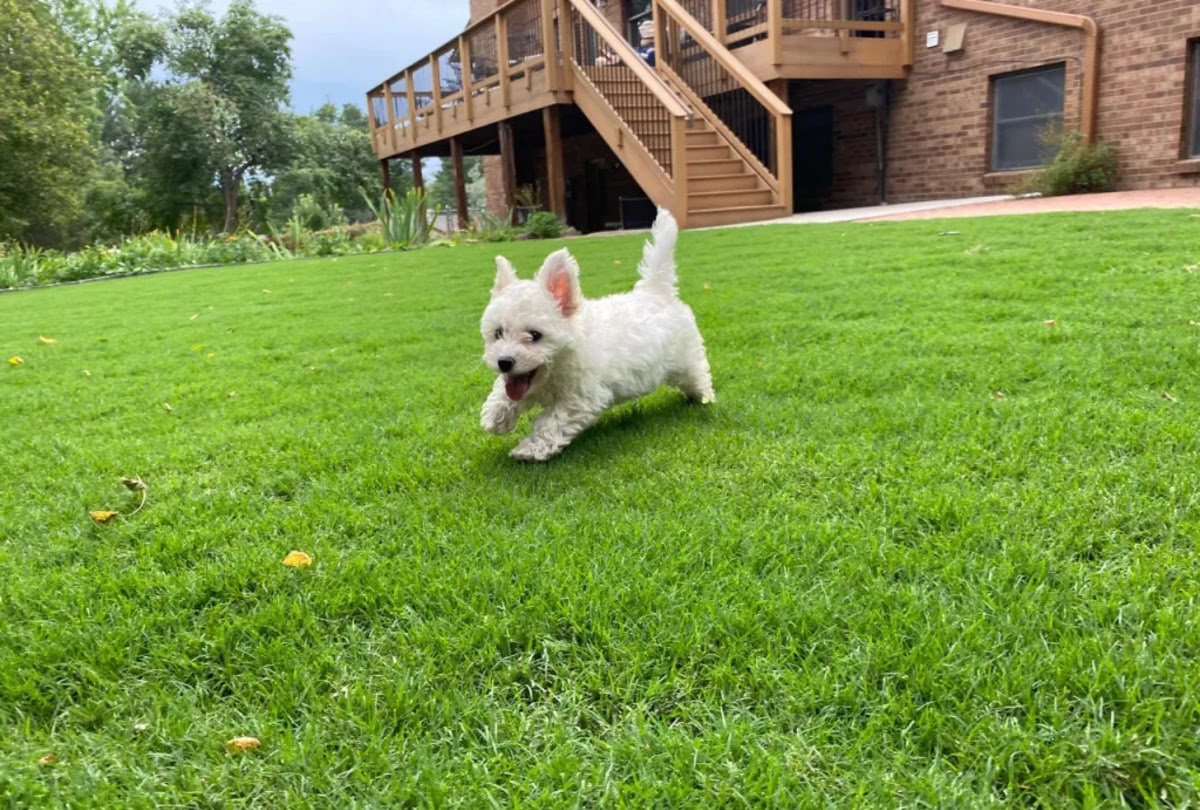

Landscaping Ideas
How To Remove Bermuda Grass From Lawn
Published: January 25, 2024
Learn effective landscaping ideas to remove Bermuda grass from your lawn. Discover expert tips and techniques for a lush, weed-free yard.
(Many of the links in this article redirect to a specific reviewed product. Your purchase of these products through affiliate links helps to generate commission for Storables.com, at no extra cost. Learn more)
**
Introduction
**
So, you've been dreaming of a lush, green lawn, but pesky Bermuda grass has invaded your yard, disrupting your vision of the perfect outdoor space. Fear not! With the right knowledge and strategies, you can bid farewell to Bermuda grass and pave the way for a vibrant, weed-free lawn. In this comprehensive guide, we'll delve into the world of Bermuda grass, explore effective removal methods, and discover how to prevent its unwelcome return.
Bermuda grass, scientifically known as Cynodon dactylon, is a warm-season perennial grass that thrives in various climates and soil types. While it's prized for its resilience and ability to withstand heavy foot traffic, it's often considered a nuisance when it infiltrates lawns and gardens where it's not wanted. Its aggressive nature and rapid spread make it a formidable opponent in the quest for a pristine lawn.
As we embark on this journey to reclaim your turf, it's essential to understand the characteristics of Bermuda grass and the factors that contribute to its tenacity. By gaining insight into its growth patterns and survival mechanisms, you'll be better equipped to combat this resilient intruder. Whether you prefer hands-on, manual removal methods or opt for the assistance of targeted chemicals, we'll explore a range of solutions to suit your preferences and environmental considerations.
Join us as we unravel the secrets of eradicating Bermuda grass, restoring harmony to your outdoor oasis, and cultivating a landscape that's the envy of the neighborhood. Let's roll up our sleeves and embark on this transformative landscaping adventure together!
**
Key Takeaways:
- Say goodbye to Bermuda grass by using manual removal methods like hand pulling, sod removal, solarization, and mulching. Vigilance and persistence are key to preventing its comeback.
- Chemical removal methods, like selective herbicides and professional consultation, can effectively eradicate Bermuda grass. Prevent its re-growth by maintaining your lawn and seeking community collaboration.
Read more: How To Remove Bermuda Grass From Fescue
Understanding Bermuda Grass
**
Before embarking on the journey to eliminate Bermuda grass from your lawn, it’s crucial to familiarize yourself with this resilient intruder. Bermuda grass, scientifically known as Cynodon dactylon, is a warm-season perennial grass characterized by its vigorous growth and tenacious nature. Originating from Africa, it has become a ubiquitous presence in lawns, golf courses, and athletic fields across the globe.
One of Bermuda grass’s defining features is its adaptability to diverse environmental conditions, making it a formidable opponent in the battle for turf supremacy. It thrives in full sun and can tolerate drought, making it particularly challenging to eradicate in arid regions. Its extensive root system and aboveground runners, known as stolons, enable it to spread rapidly, forming dense mats that stifle the growth of desirable grass species.
Recognizing Bermuda grass is essential for effective removal. It typically exhibits fine-textured, wiry leaves and forms dense, low-growing patches that can quickly overtake a lawn if left unchecked. Its resilience to foot traffic and mowing height variations further contribute to its invasive nature, making it a persistent nuisance for homeowners striving for a uniform, aesthetically pleasing lawn.
Understanding the growth habits of Bermuda grass is paramount in devising a targeted removal strategy. Whether it’s infiltrating your prized Kentucky bluegrass or encroaching on your fescue lawn, Bermuda grass demands a proactive approach to prevent its unchecked proliferation. By comprehending its growth patterns, resilience, and environmental preferences, you’ll be better equipped to combat this unwelcome guest and restore balance to your outdoor sanctuary.
As we venture deeper into the realm of Bermuda grass eradication, let’s harness our knowledge of this formidable foe to develop a multi-faceted approach that aligns with your preferences and environmental considerations. Armed with insight and determination, we’ll embark on a transformative journey to reclaim your lawn from the clutches of Bermuda grass, paving the way for a vibrant, resilient landscape that reflects your dedication to nurturing a thriving outdoor haven.
**
Manual Removal Methods
**
When confronting the persistent presence of Bermuda grass in your lawn, manual removal methods offer a hands-on approach to reclaiming your turf from this invasive species. While it may require physical exertion and patience, these methods can yield effective results without relying on chemical interventions. Let’s explore several manual removal techniques that empower you to take control of your lawn’s destiny.
Hand Pulling: Engage in a therapeutic session of hand pulling to extract individual Bermuda grass plants from the soil. This method is most effective when the infestation is localized or scattered, allowing you to meticulously eliminate the intruding grass without disturbing the surrounding turf. Ensure that you grasp the base of the plant firmly, including its roots, to prevent regrowth.
Sod Removal: For more extensive infestations, consider removing the affected sod along with the underlying soil to eradicate Bermuda grass. This approach is particularly beneficial when the invasive grass has intertwined with the desirable turf, necessitating a comprehensive removal process. After extracting the sod, replace it with fresh, Bermuda grass-free soil and new sod or seed of your preferred grass species.
Solarization: Harness the power of sunlight to weaken and eliminate Bermuda grass by employing a solarization technique. Cover the infested area with clear plastic sheeting during the hottest months, allowing the sun's radiant heat to elevate the soil temperature and effectively kill the invasive grass and its seeds. This method is environmentally friendly and can contribute to long-term suppression of Bermuda grass regrowth.
Mulching and Smothering: Suppress the growth of Bermuda grass by applying a thick layer of organic mulch, such as wood chips or straw, to smother the invasive grass and impede its access to sunlight. This approach hinders its ability to photosynthesize and thrive, gradually weakening its presence. Regularly monitor the mulch layer to ensure its effectiveness in inhibiting Bermuda grass resurgence.
Vigilance and Persistence: Regardless of the chosen manual removal method, vigilance and persistence are paramount in preventing Bermuda grass from staging a comeback. Routinely inspect your lawn for any signs of regrowth, and promptly address any emerging Bermuda grass to curtail its resurgence.
By embracing these manual removal methods and infusing your efforts with patience and diligence, you can gradually diminish the stronghold of Bermuda grass in your lawn, paving the way for a revitalized and resilient outdoor landscape.
**
To remove Bermuda grass from your lawn, you can use a non-selective herbicide specifically designed to target Bermuda grass. Be sure to follow the instructions on the product carefully to effectively remove the grass without harming your desired plants.
Chemical Removal Methods
**
When facing a widespread Bermuda grass infestation that demands a targeted and potent approach, chemical removal methods offer an effective solution to eradicate this resilient intruder. By leveraging selective herbicides and strategic application techniques, you can combat Bermuda grass and reclaim your lawn with precision and efficiency. Let’s explore several chemical removal methods that can empower you to take control of your turf’s destiny.
Selective Herbicides: Selective herbicides formulated specifically for Bermuda grass provide a targeted and efficient means of eradication. These herbicides are designed to selectively target Bermuda grass while sparing desirable turf species, minimizing collateral damage to your lawn. When applying selective herbicides, ensure adherence to manufacturer guidelines regarding dosage, application frequency, and environmental considerations to optimize their effectiveness.
Post-Emergent Herbicides: Post-emergent herbicides target actively growing Bermuda grass, penetrating its foliage and inhibiting its growth. By disrupting essential physiological processes within the invasive grass, post-emergent herbicides can gradually weaken and deplete Bermuda grass populations, facilitating its eradication from your lawn. Thoroughly read and follow the instructions provided by the herbicide manufacturer to ensure safe and effective application.
Pre-Emergent Herbicides: Pre-emergent herbicides form a proactive line of defense against Bermuda grass by impeding the germination of its seeds and preventing the establishment of new growth. By applying pre-emergent herbicides at strategic intervals, you can disrupt the invasive grass’s life cycle and reduce its capacity to proliferate, contributing to long-term suppression and control.
Professional Consultation: Consider seeking guidance from lawn care professionals or certified horticulturists to ascertain the most suitable herbicidal products and application techniques for your specific lawn conditions. Their expertise and insights can streamline the eradication process, ensuring optimal results while prioritizing environmental stewardship and safety.
Environmental Considerations: Exercise caution and mindfulness when utilizing chemical removal methods, prioritizing environmental sustainability and minimizing the impact on beneficial organisms and ecosystems. Adhere to local regulations and guidelines governing herbicide use, and consider alternative, eco-friendly approaches where feasible to foster a harmonious coexistence with nature.
By integrating these chemical removal methods into your Bermuda grass eradication strategy, you can harness the power of targeted interventions to reclaim your lawn from the clutches of this resilient intruder, paving the way for a revitalized and thriving outdoor sanctuary.
**
Preventing Bermuda Grass Re-Growth
**
Having triumphed over the persistent presence of Bermuda grass in your lawn, it’s essential to implement proactive measures to prevent its re-growth and preserve the integrity of your revitalized turf. By embracing vigilant maintenance practices and strategic interventions, you can fortify your lawn against the resurgence of Bermuda grass, fostering a resilient and harmonious outdoor landscape. Let’s explore several preventive strategies to safeguard your lawn from the unwelcome return of this resilient intruder.
Meticulous Maintenance: Regular mowing at the appropriate height for your desired turf species can discourage Bermuda grass re-establishment by limiting its access to sunlight and impeding its growth. Additionally, diligent lawn care practices, including proper irrigation, fertilization, and aeration, can bolster the vigor of desirable grass species, creating an inhospitable environment for Bermuda grass resurgence.
Thorough Monitoring: Remain vigilant and attentive to any signs of Bermuda grass regrowth, promptly addressing any emerging intruders before they can gain a foothold in your lawn. By conducting routine inspections and swiftly responding to any incursions, you can prevent the invasive grass from gaining momentum and encroaching on your revitalized turf.
Strategic Landscaping Design: Enhance the resilience of your lawn against Bermuda grass by implementing strategic landscaping features, such as defined borders, mulch barriers, and dense plantings, to create physical barriers that inhibit the encroachment of invasive grass species. Thoughtful landscape design can contribute to a cohesive and visually appealing outdoor environment while fortifying your lawn against unwanted intruders.
Regular Soil Amendments: Nourish your lawn with periodic soil amendments, such as organic matter and targeted fertilizers, to bolster the health and vitality of desirable grass species while creating an inhospitable environment for Bermuda grass re-growth. By optimizing soil fertility and structure, you can promote the flourishing of your preferred turf while suppressing the resurgence of invasive species.
Community Collaboration: Engage with your local gardening community and seek insights from experienced horticulturists and lawn care professionals to exchange knowledge and best practices for preventing Bermuda grass re-growth. By fostering a network of support and expertise, you can enhance your lawn maintenance efforts and contribute to a thriving, weed-free community landscape.
By integrating these preventive strategies into your post-eradication lawn care regimen, you can fortify your turf against the unwelcome return of Bermuda grass, nurturing a resilient and visually captivating outdoor sanctuary that reflects your dedication to preserving the natural beauty of your landscape.
**
Read more: How To Remove Dead Grass From Lawn
Conclusion
**
Congratulations on embarking on the transformative journey to eliminate Bermuda grass from your lawn and reclaim your outdoor oasis. By gaining a deeper understanding of this resilient intruder, exploring manual and chemical removal methods, and implementing preventive strategies, you’ve taken proactive steps to restore balance and vitality to your turf. As you reflect on this empowering experience, let’s celebrate your dedication to nurturing a thriving and resilient landscape.
Throughout this journey, you’ve harnessed the power of knowledge and perseverance to combat Bermuda grass, recognizing its growth habits and resilience while devising targeted removal strategies that align with your preferences and environmental considerations. Whether you’ve embraced the hands-on approach of manual removal methods or leveraged the precision of chemical interventions, your commitment to reclaiming your lawn has been unwavering.
As you savor the satisfaction of a Bermuda grass-free lawn, it’s essential to maintain your proactive stance and vigilance to prevent its re-establishment. By integrating meticulous maintenance practices, strategic landscaping design, and community collaboration into your post-eradication regimen, you can fortify your turf against the resurgence of this persistent intruder, fostering a resilient and visually captivating outdoor sanctuary.
Remember, your journey doesn’t end here. Embrace the ongoing stewardship of your lawn, drawing inspiration from the vibrant, weed-free landscape you’ve cultivated. Share your knowledge and experiences with fellow enthusiasts, contributing to a thriving, weed-free community landscape that reflects the collective dedication to preserving the natural beauty of our outdoor spaces.
As you revel in the rejuvenated splendor of your lawn, take pride in the transformative impact of your efforts. Your commitment to reclaiming your turf from the clutches of Bermuda grass has not only revitalized your outdoor sanctuary but has also inspired others to embark on their own landscaping adventures. Embrace the vibrant, resilient landscape you’ve nurtured, knowing that your dedication has created a haven of natural beauty and tranquility.
So, here’s to your triumph over Bermuda grass, to the unwavering spirit of stewardship, and to the enduring beauty of your revitalized lawn. As you continue to nurture and cherish your outdoor haven, may it serve as a testament to the transformative power of determination, knowledge, and unwavering dedication to cultivating a landscape that reflects the true essence of natural splendor.
Frequently Asked Questions about How To Remove Bermuda Grass From Lawn
Was this page helpful?
At Storables.com, we guarantee accurate and reliable information. Our content, validated by Expert Board Contributors, is crafted following stringent Editorial Policies. We're committed to providing you with well-researched, expert-backed insights for all your informational needs.
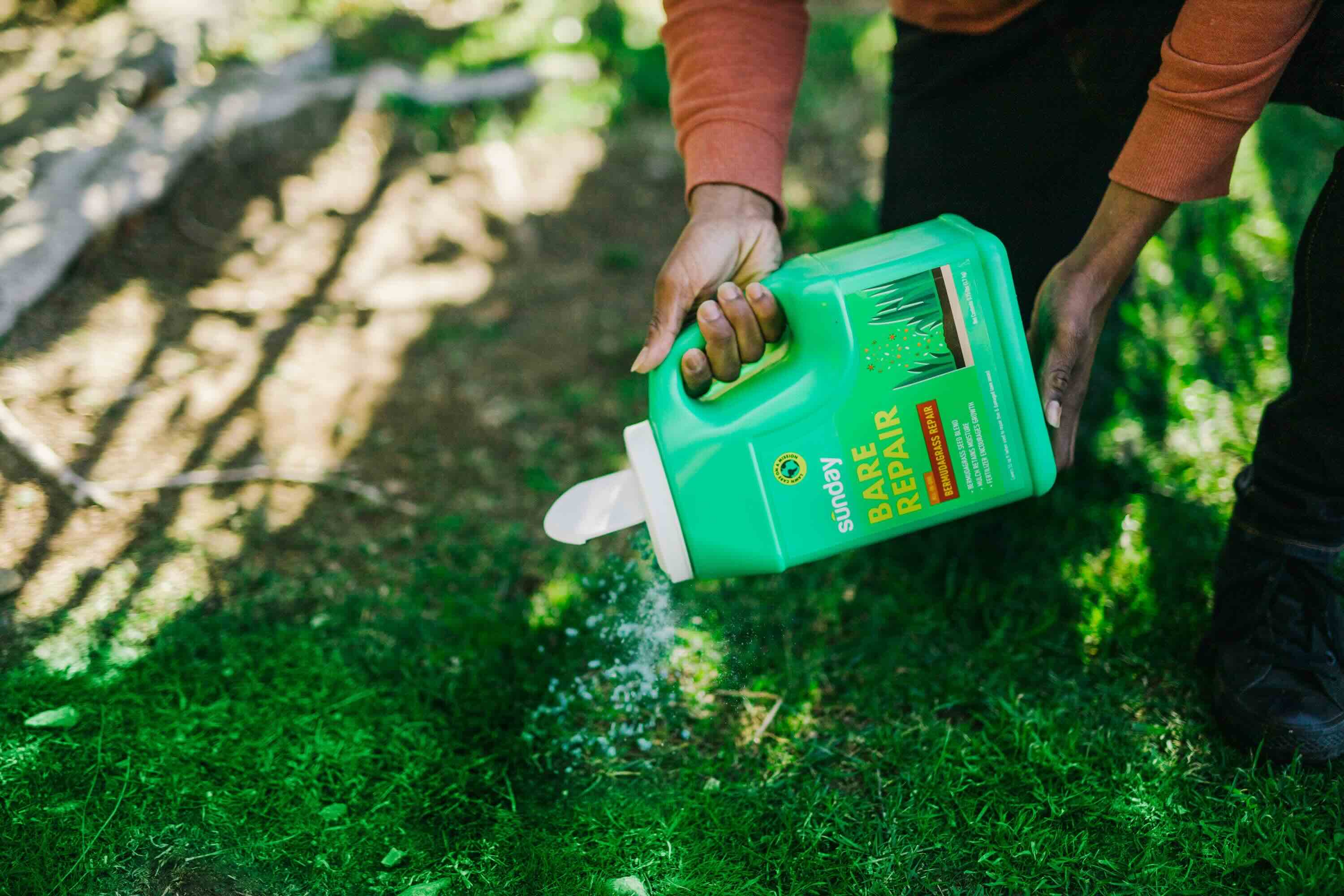
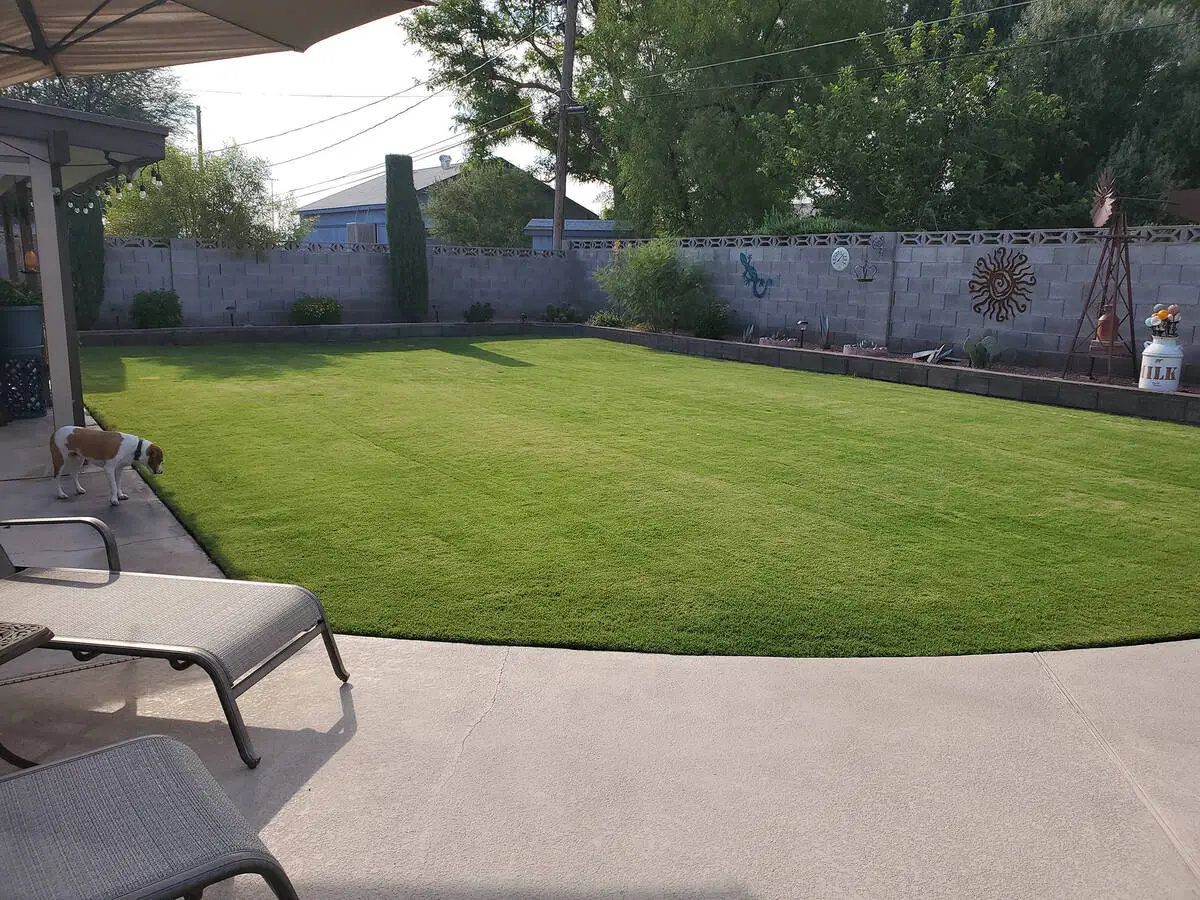
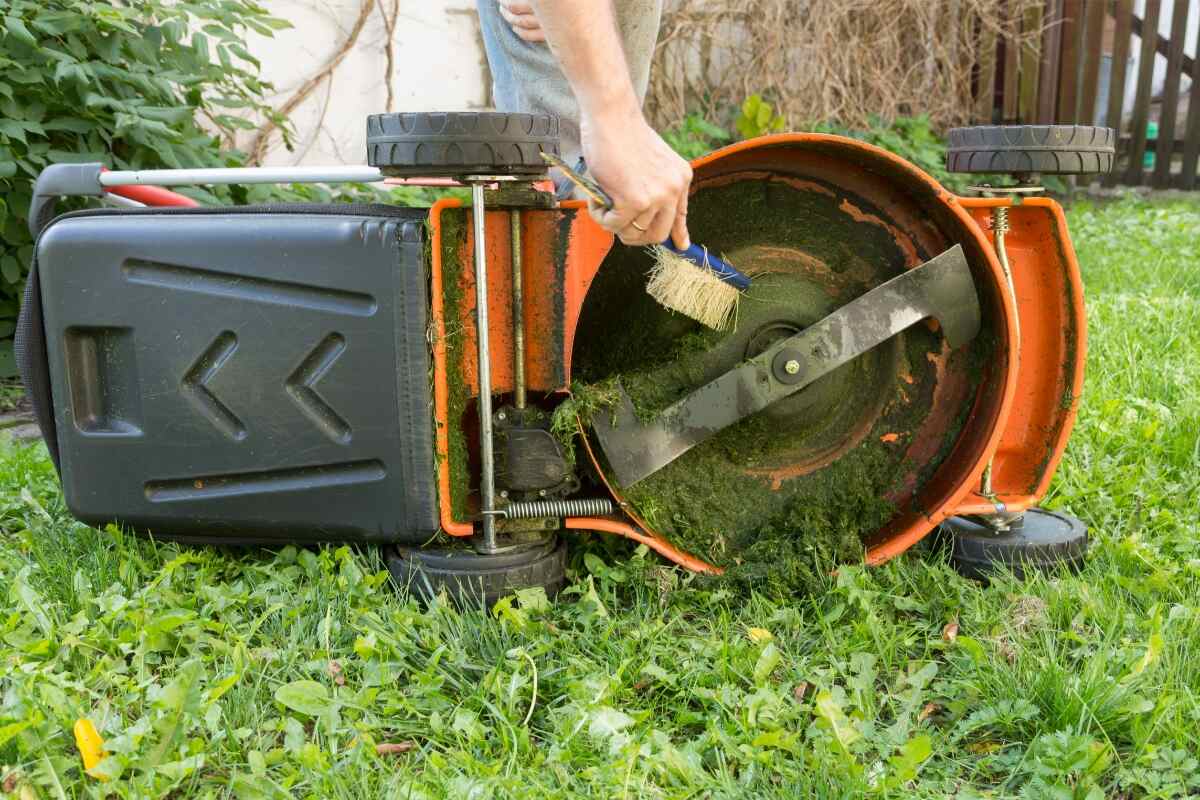
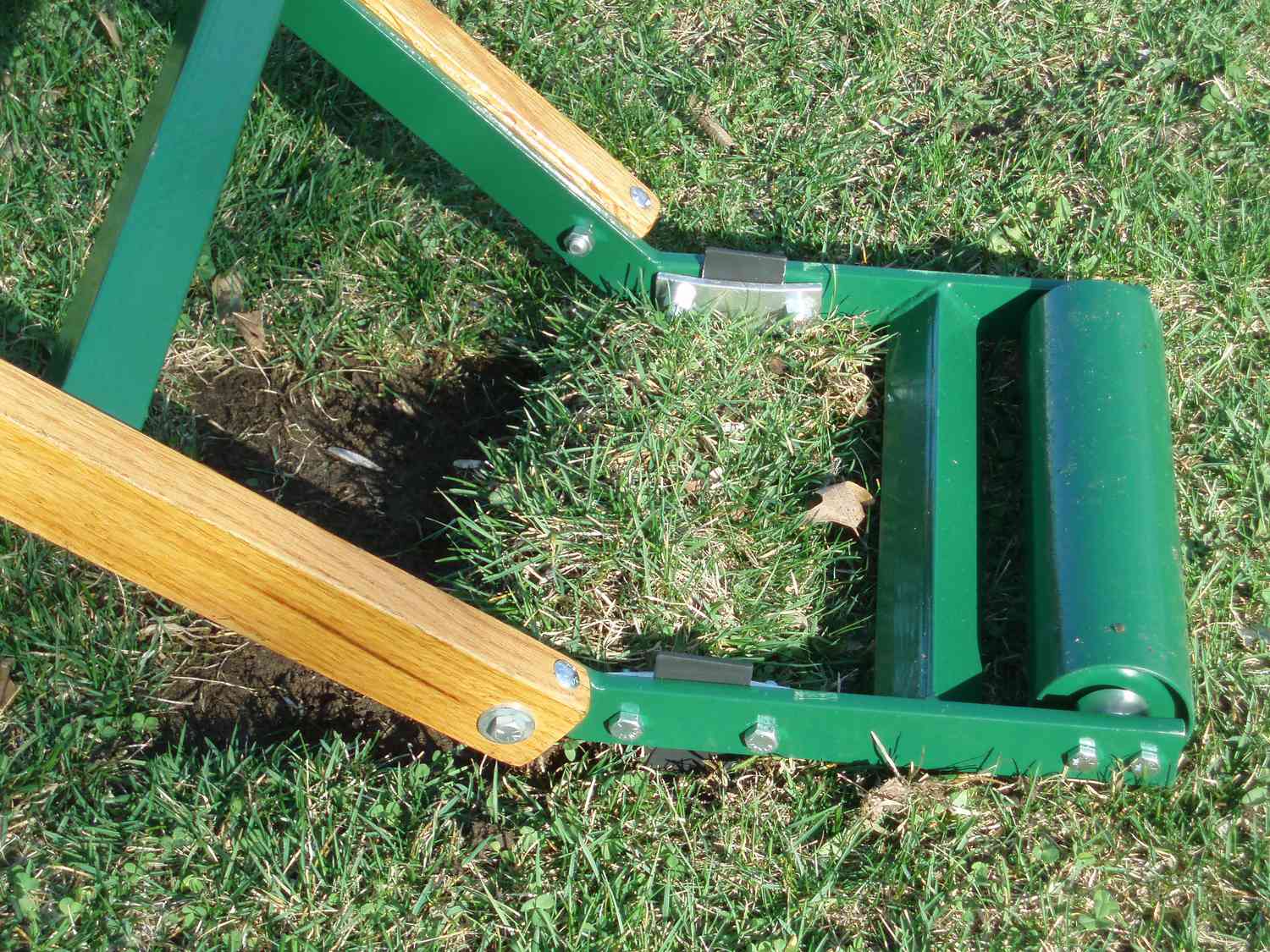
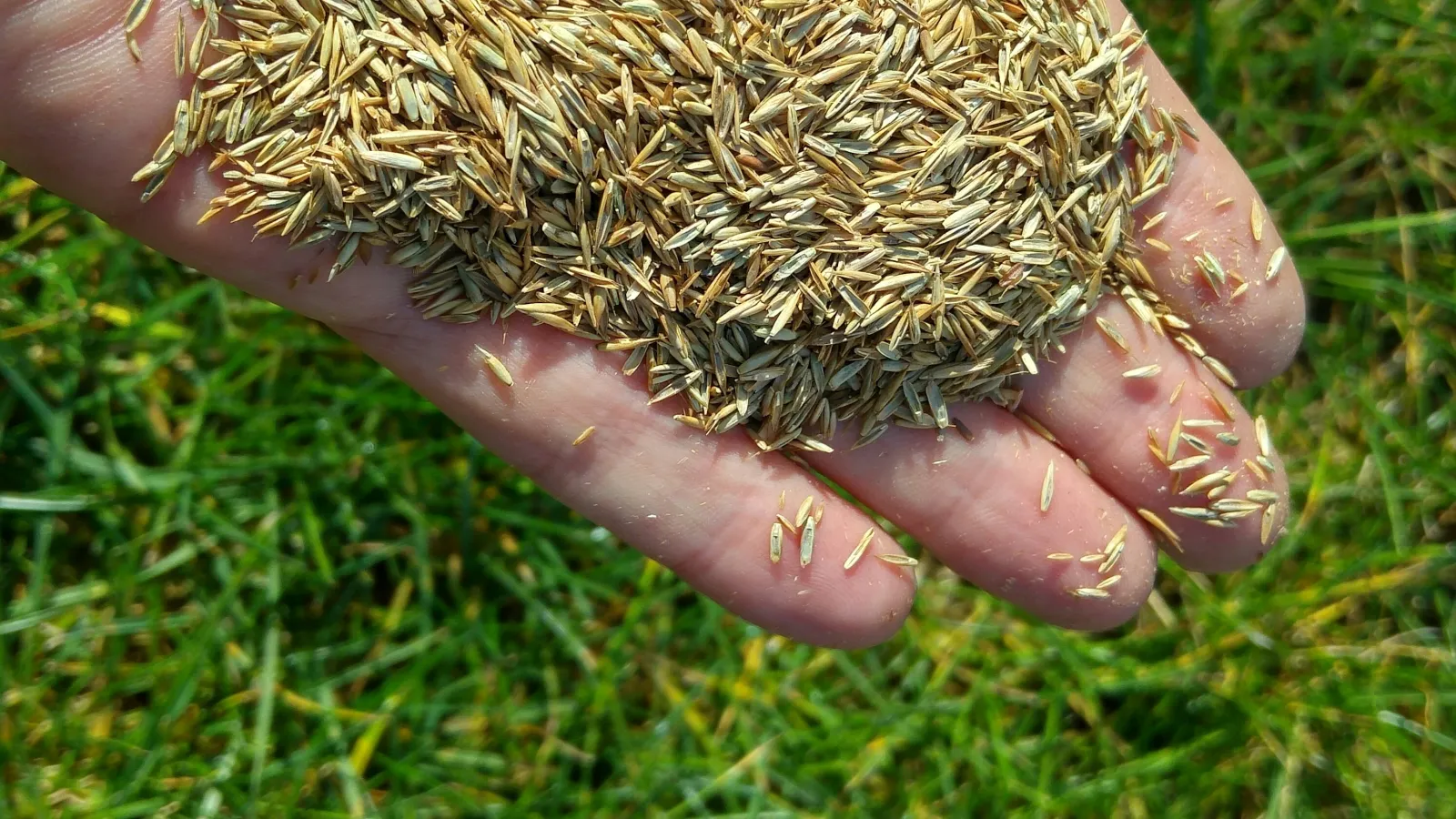
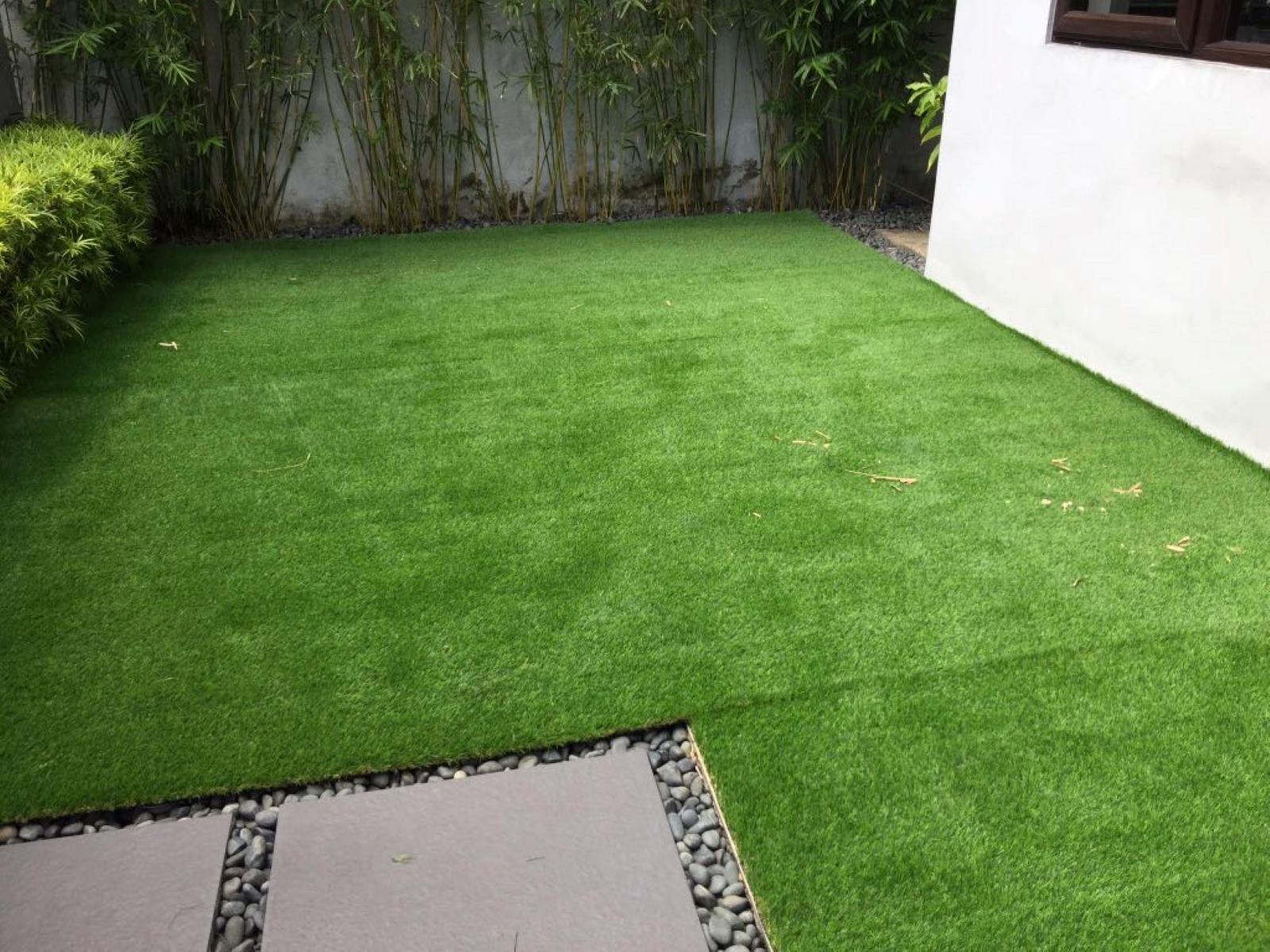

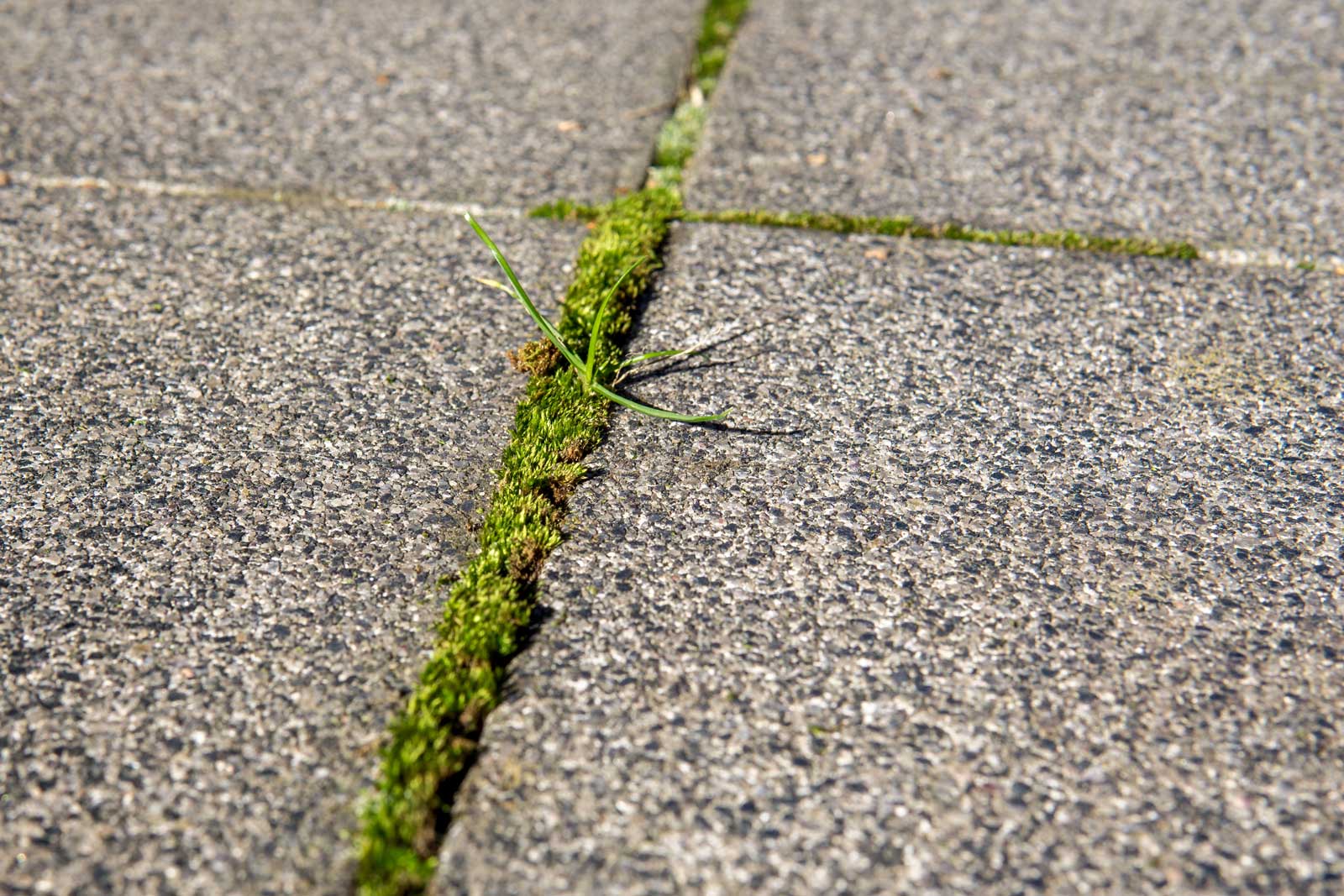
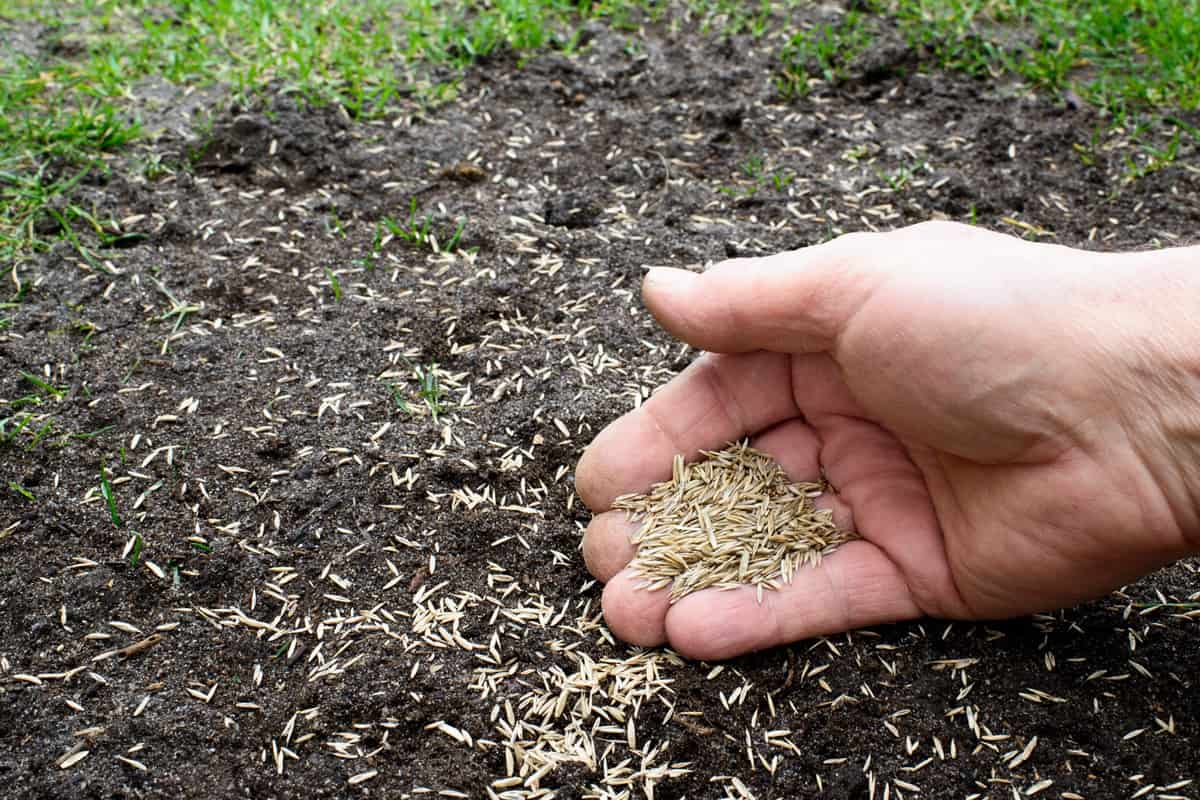
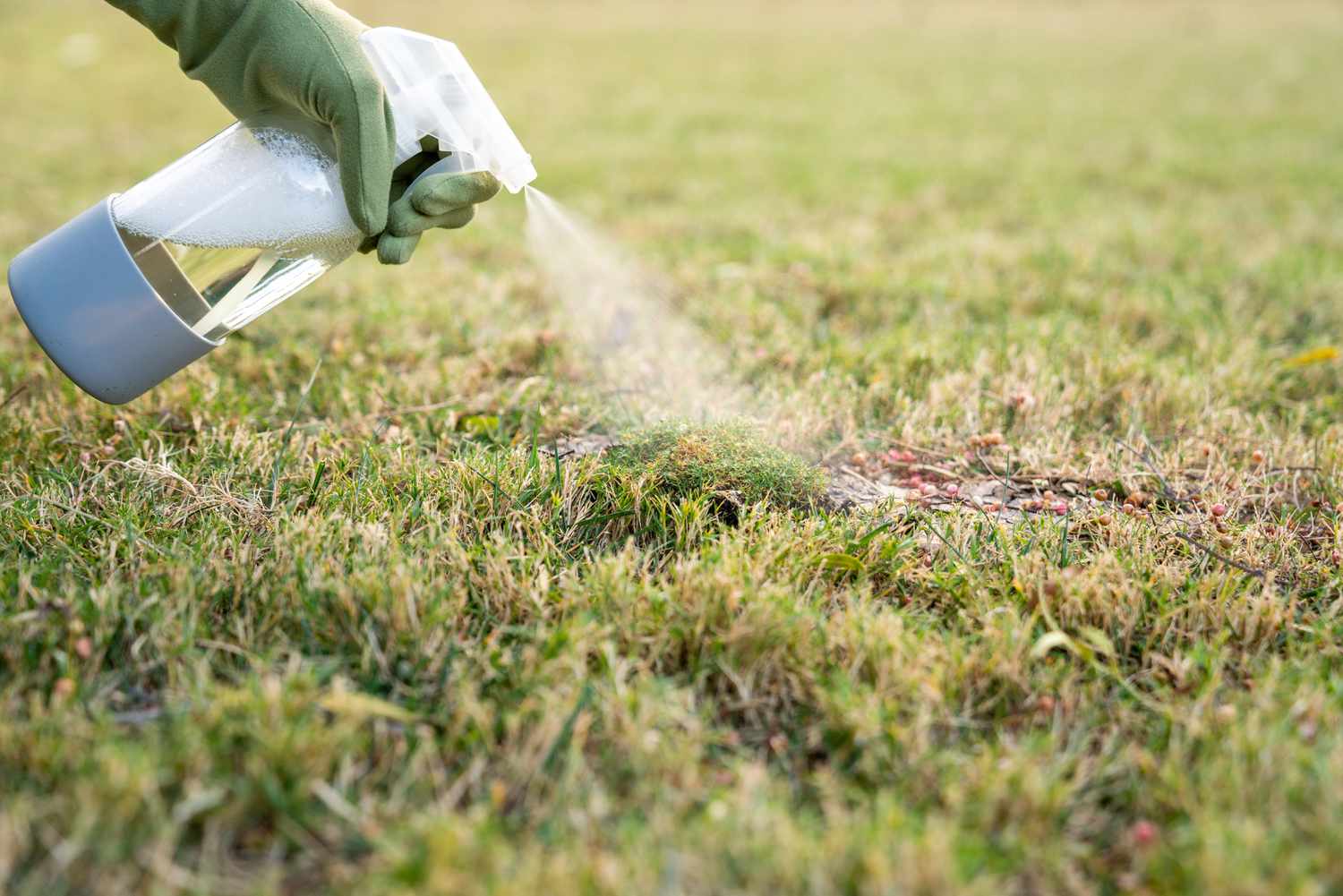
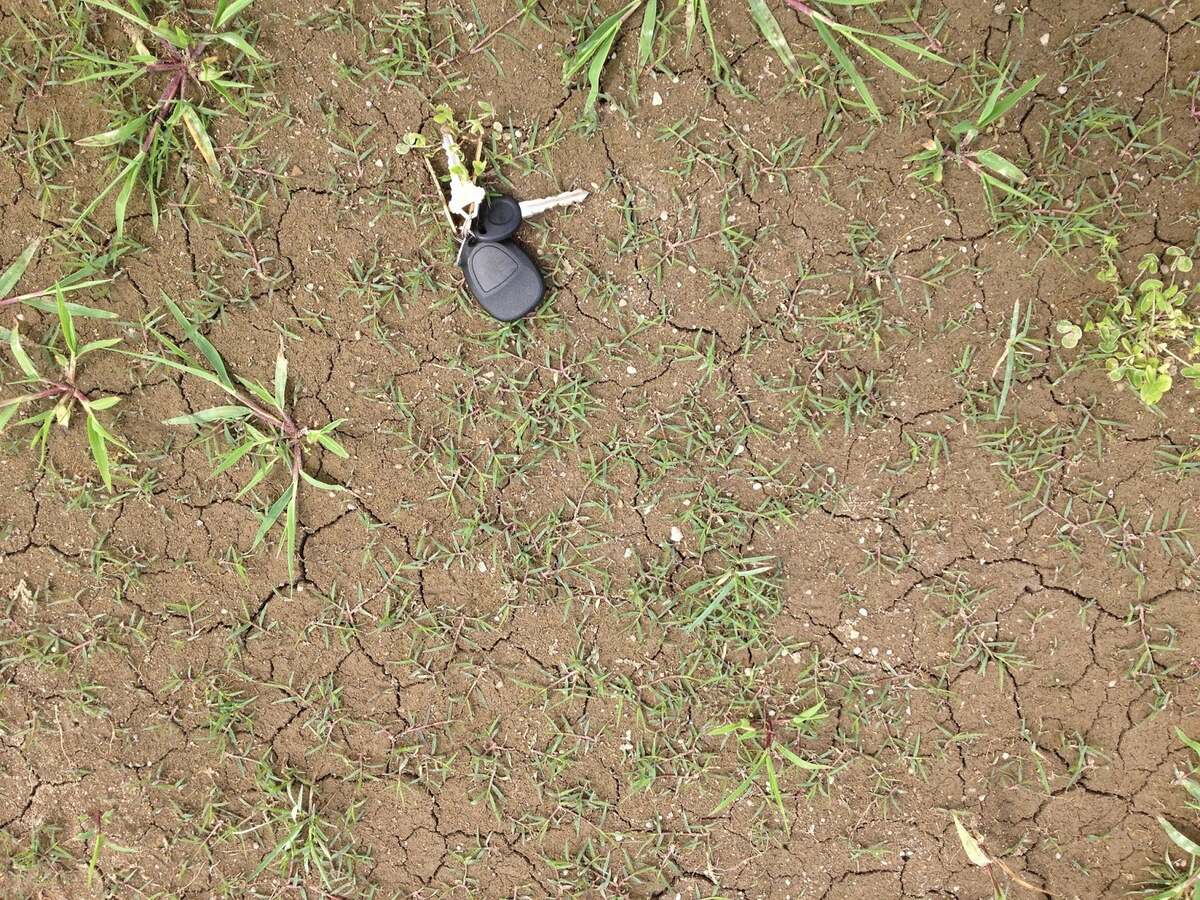
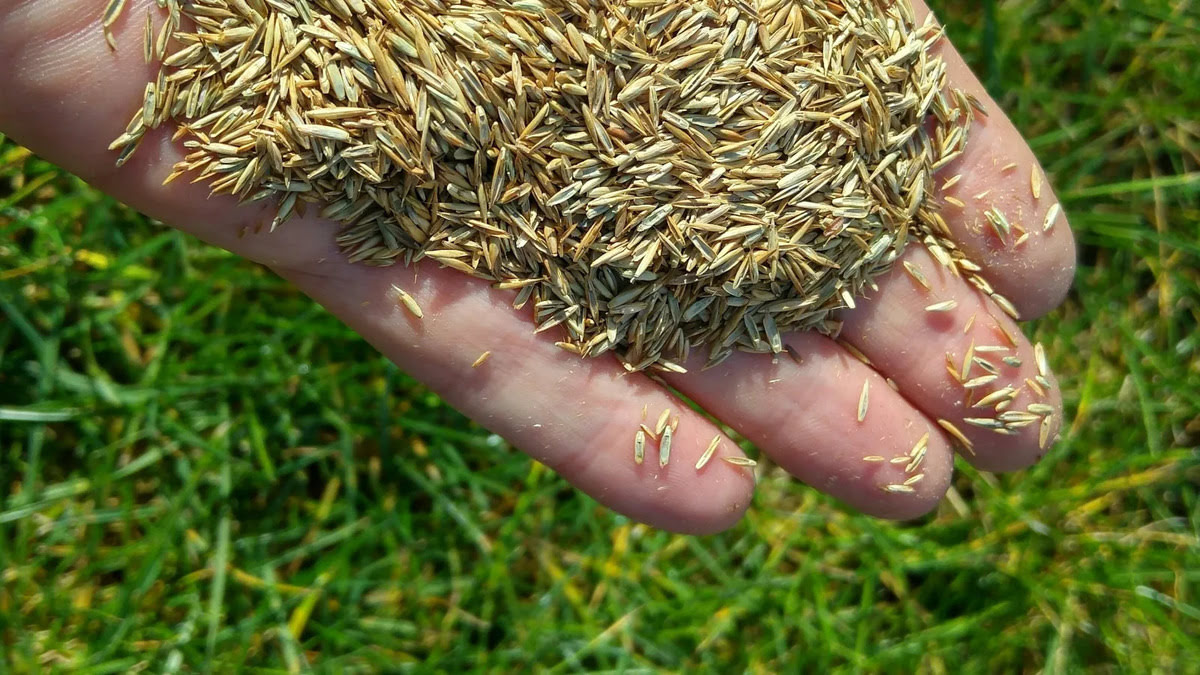
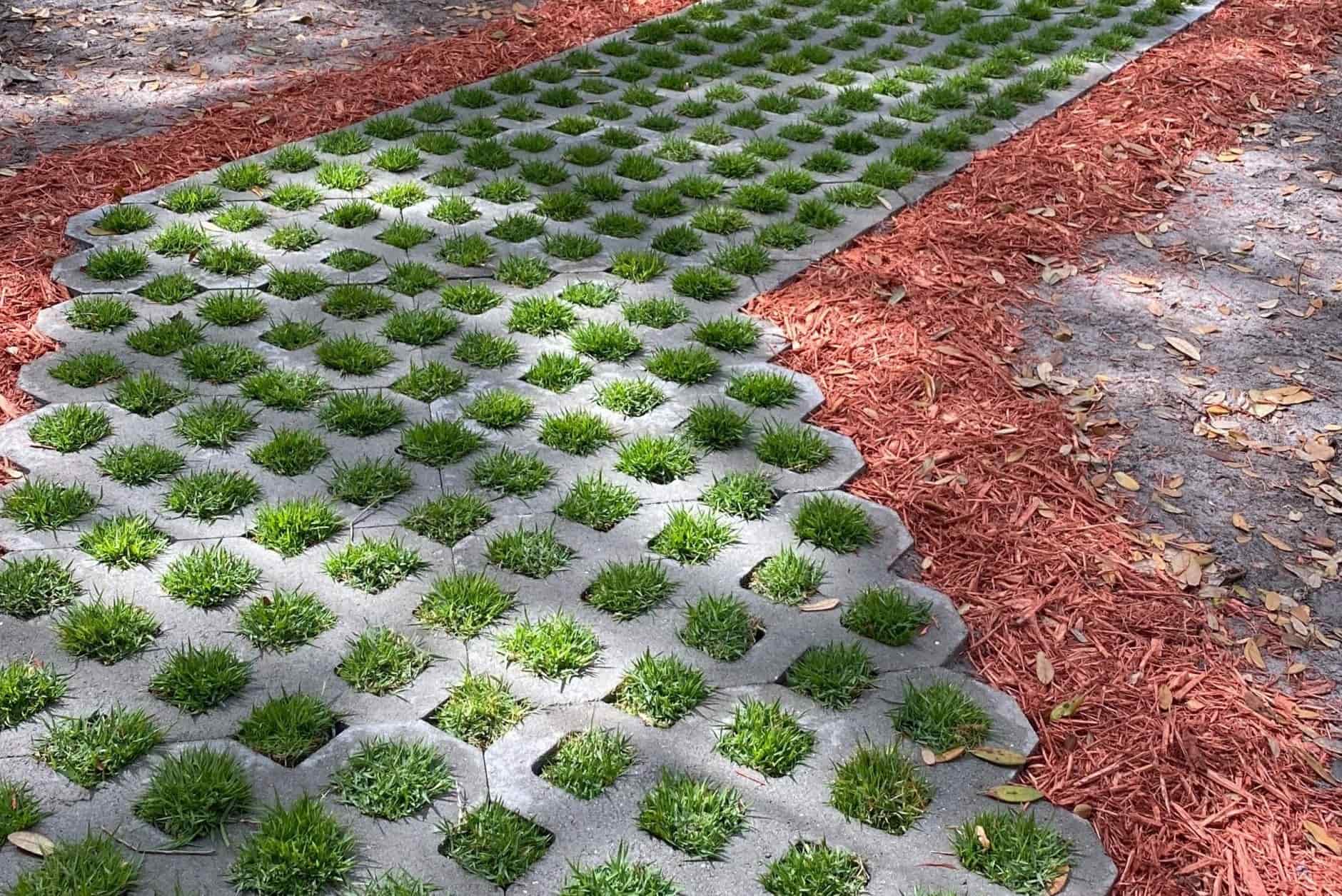


0 thoughts on “How To Remove Bermuda Grass From Lawn”